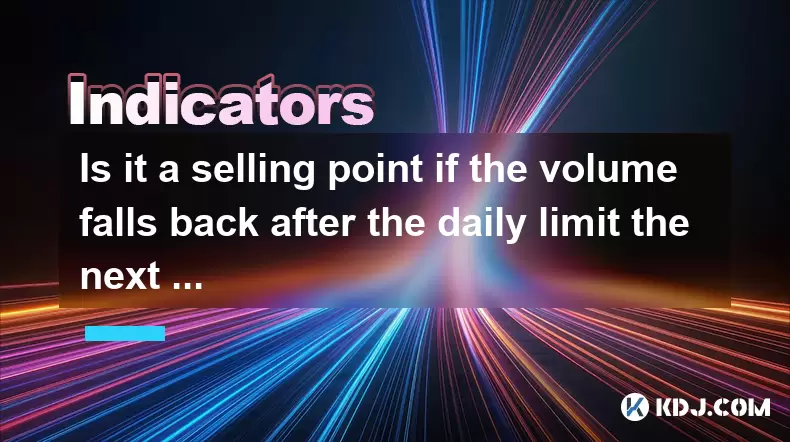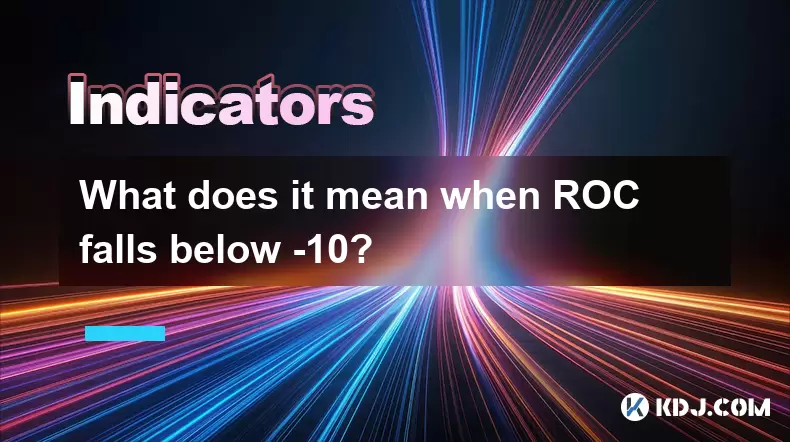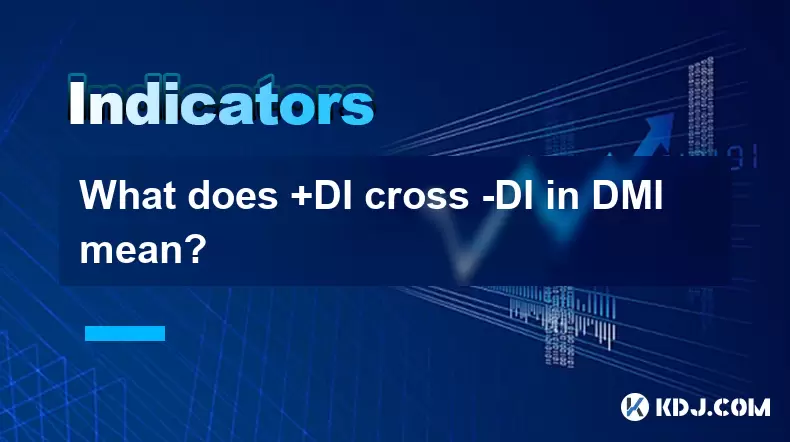-
 Bitcoin
Bitcoin $118900
1.66% -
 Ethereum
Ethereum $3735
1.35% -
 XRP
XRP $3.506
0.71% -
 Tether USDt
Tether USDt $1.000
-0.01% -
 BNB
BNB $799.4
5.78% -
 Solana
Solana $202.0
1.87% -
 USDC
USDC $0.9999
0.00% -
 Dogecoin
Dogecoin $0.2661
1.89% -
 Cardano
Cardano $0.8877
1.59% -
 TRON
TRON $0.3173
2.45% -
 Hyperliquid
Hyperliquid $45.00
2.59% -
 Stellar
Stellar $0.4723
3.40% -
 Sui
Sui $3.970
1.32% -
 Chainlink
Chainlink $19.67
1.94% -
 Hedera
Hedera $0.2710
1.99% -
 Avalanche
Avalanche $25.74
-0.01% -
 Bitcoin Cash
Bitcoin Cash $528.1
1.98% -
 Litecoin
Litecoin $120.1
3.57% -
 Shiba Inu
Shiba Inu $0.00001525
1.26% -
 UNUS SED LEO
UNUS SED LEO $8.989
-0.01% -
 Toncoin
Toncoin $3.304
1.74% -
 Polkadot
Polkadot $4.531
3.38% -
 Uniswap
Uniswap $10.74
2.51% -
 Ethena USDe
Ethena USDe $1.001
0.00% -
 Monero
Monero $325.5
2.44% -
 Pepe
Pepe $0.00001413
1.31% -
 Bitget Token
Bitget Token $4.860
0.85% -
 Dai
Dai $0.9999
0.01% -
 Aave
Aave $307.3
-2.07% -
 Bittensor
Bittensor $448.8
2.91%
Is it a selling point if the volume falls back after the daily limit the next day?
A sharp drop in trading volume after a cryptocurrency hits its daily limit often signals weakening momentum and may indicate a potential reversal or consolidation phase.
Jun 29, 2025 at 12:49 pm

Understanding Daily Limits in Cryptocurrency Markets
In cryptocurrency trading, a daily limit refers to the maximum price movement allowed for an asset within a 24-hour period. This concept is commonly applied on certain exchanges or in specific market conditions to prevent extreme volatility and protect traders from sudden price swings. When an asset hits its daily limit, it means that the price has moved up or down by the maximum percentage allowed by the exchange rules.
This mechanism can significantly impact trading behavior. For instance, when a cryptocurrency reaches its upper daily limit, buying pressure typically surges due to heightened interest. Conversely, hitting the lower daily limit often signals panic selling and negative sentiment. Understanding how these limits work is essential for interpreting subsequent market reactions such as volume changes.
Volume Behavior After Hitting a Daily Limit
Following a daily limit event, trading volume becomes a crucial indicator of market sentiment. If the volume falls back sharply the next day, it may indicate that the initial surge or drop was short-lived and not sustained by ongoing demand or fear. A decline in volume after reaching a daily limit could suggest that the momentum behind the move has weakened.
For example, if a cryptocurrency experiences a rapid price increase along with high trading volume on the first day, but then sees a significant drop in volume the following day, this might signal that buyers have taken profits or that there is no strong support at the new price level. On the contrary, if volume remains high after a daily limit, it usually indicates strong conviction among traders.
Interpreting Volume Drop as a Selling Signal
A volume drop after hitting a daily limit can be interpreted as a potential selling point by technical analysts and experienced traders. This is because volume often precedes price movements — declining volume suggests reduced participation and possibly an upcoming reversal.
When a coin hits a daily limit upwards and is followed by low volume the next day, it may indicate that the rally lacks strength. Traders who monitor such patterns may consider taking profits or initiating short positions. Similarly, if a coin hits a daily limit downward and volume drops the next day, it might suggest that the selling pressure has subsided, potentially leading to a bounce or consolidation phase.
However, volume alone should not be used in isolation. It must be analyzed alongside other indicators like moving averages, RSI, and order book depth to form a more accurate picture of the market dynamics.
How to Analyze Volume Trends Step-by-Step
To effectively interpret whether a volume drop after a daily limit serves as a valid selling point, follow these steps:
- Identify the daily limit event: Check if the cryptocurrency hit either the upper or lower price cap on a given day.
- Compare volume levels: Look at the trading volume during and immediately after the daily limit. A sharp drop the next day compared to the previous day's peak volume is a key sign.
- Assess candlestick patterns: Examine the candlestick chart to see if there is bearish or bullish rejection after the daily limit.
- Cross-reference with support/resistance levels: Determine whether the current price is near any major support or resistance zones which could influence future movement.
- Use volume oscillators: Tools like On-Balance Volume (OBV) or Chaikin Money Flow can help confirm whether the volume decline is part of a larger trend.
Each of these steps helps build a clearer understanding of whether the volume drop reflects a temporary pause or a more significant shift in market direction.
Common Misinterpretations of Volume Drops
It’s important to recognize that volume drops can sometimes be misleading. In illiquid markets, even small trades can trigger price movements, making daily limits appear more significant than they are. Additionally, some cryptocurrencies experience regular spikes in volume due to news events or social media hype, followed by quick retracements.
Traders must avoid assuming that every volume decline after a daily limit is a sell signal. Other factors such as market cap, exchange listing status, and macroeconomic conditions also play a role in determining price behavior. Furthermore, different exchanges may implement daily limits differently, affecting how volume and price interact.
Practical Trading Scenarios Involving Volume Drops
Consider the following real-world scenarios where volume drops occurred after a daily limit:
- Scenario 1 – Altcoin Pump Followed by Collapse: An altcoin hits the upper daily limit due to a coordinated pump group activity. The next day, volume plummets as sellers take control. This situation may present a shorting opportunity for advanced traders.
- Scenario 2 – Bear Market Rebound Fizzles Out: During a downtrend, a cryptocurrency briefly rallies to the upper daily limit fueled by short-term optimism. However, lack of follow-through volume the next day confirms weak buyer interest.
- Scenario 3 – Institutional Accumulation Masked by Low Volume: A coin hits the lower daily limit but the next day shows minimal volume despite no significant news. This could hint at quiet accumulation by large players rather than a continuation of the downtrend.
These examples highlight how critical context is when analyzing volume behavior post-daily limit.
Frequently Asked Questions
What does it mean when a cryptocurrency hits a daily limit?
Hitting a daily limit means the price has reached the maximum allowable change (up or down) set by the exchange. It restricts further movement until the next trading session begins.
Can I still place orders when a daily limit is in effect?
Yes, you can still place orders, but they will only execute once the daily limit restriction is lifted or the price moves within the allowable range.
Does a daily limit apply across all exchanges?
No, daily limits vary between exchanges. Some platforms do not use them at all, while others impose strict limits depending on the asset or market conditions.
How reliable is volume analysis in predicting price movement?
Volume analysis is a valuable tool but works best when combined with other technical indicators and market context. It should not be used in isolation for making trading decisions.
Disclaimer:info@kdj.com
The information provided is not trading advice. kdj.com does not assume any responsibility for any investments made based on the information provided in this article. Cryptocurrencies are highly volatile and it is highly recommended that you invest with caution after thorough research!
If you believe that the content used on this website infringes your copyright, please contact us immediately (info@kdj.com) and we will delete it promptly.
- Ethereum Whale Activity & Volume Surge: What's the Hype?
- 2025-07-23 20:50:12
- Pepe Dollar, Bitcoin Maxis, Presale Explodes: What's the Hype?
- 2025-07-23 21:10:14
- U Power, EVs, and Web3: Charging into the Future
- 2025-07-23 20:30:13
- Marriage, Divorce, and Prediction: Navigating the Murky Waters of Matrimony
- 2025-07-23 20:55:13
- Ethena's ENA: Fee-Sharing Sparks a DeFi Revolution?
- 2025-07-23 21:15:13
- OKX Delisting & Listing: Navigating Margin Pair Changes in Crypto
- 2025-07-23 20:30:13
Related knowledge

What does it mean when ROC falls below -10?
Jul 23,2025 at 09:29pm
Understanding the Rate of Change (ROC) Indicator in Cryptocurrency TradingThe Rate of Change (ROC) indicator is a momentum oscillator used widely in t...

What does +DI cross -DI in DMI mean?
Jul 23,2025 at 09:49pm
Understanding the DMI Indicator ComponentsThe Directional Movement Index (DMI) is a technical analysis tool developed by J. Welles Wilder to assess th...

Advanced RSI strategies for crypto
Jul 13,2025 at 11:01am
Understanding the Basics of RSI in Cryptocurrency TradingThe Relative Strength Index (RSI) is a momentum oscillator used to measure the speed and chan...

Crypto RSI for day trading
Jul 12,2025 at 11:14am
Understanding RSI in the Context of Cryptocurrency TradingThe Relative Strength Index (RSI) is a momentum oscillator used to measure the speed and cha...

Crypto RSI for scalping
Jul 12,2025 at 11:00pm
Understanding RSI in the Context of Crypto TradingThe Relative Strength Index (RSI) is a momentum oscillator widely used by traders to measure the spe...

What does an RSI of 30 mean in crypto
Jul 15,2025 at 07:07pm
Understanding RSI in Cryptocurrency TradingRelative Strength Index (RSI) is a momentum oscillator widely used in cryptocurrency trading to measure the...

What does it mean when ROC falls below -10?
Jul 23,2025 at 09:29pm
Understanding the Rate of Change (ROC) Indicator in Cryptocurrency TradingThe Rate of Change (ROC) indicator is a momentum oscillator used widely in t...

What does +DI cross -DI in DMI mean?
Jul 23,2025 at 09:49pm
Understanding the DMI Indicator ComponentsThe Directional Movement Index (DMI) is a technical analysis tool developed by J. Welles Wilder to assess th...

Advanced RSI strategies for crypto
Jul 13,2025 at 11:01am
Understanding the Basics of RSI in Cryptocurrency TradingThe Relative Strength Index (RSI) is a momentum oscillator used to measure the speed and chan...

Crypto RSI for day trading
Jul 12,2025 at 11:14am
Understanding RSI in the Context of Cryptocurrency TradingThe Relative Strength Index (RSI) is a momentum oscillator used to measure the speed and cha...

Crypto RSI for scalping
Jul 12,2025 at 11:00pm
Understanding RSI in the Context of Crypto TradingThe Relative Strength Index (RSI) is a momentum oscillator widely used by traders to measure the spe...

What does an RSI of 30 mean in crypto
Jul 15,2025 at 07:07pm
Understanding RSI in Cryptocurrency TradingRelative Strength Index (RSI) is a momentum oscillator widely used in cryptocurrency trading to measure the...
See all articles

























































































